The entrepreneurial journey is exciting, not just because of the immense possibilities it offers to fulfill dreams but also because of the immense learning it brings at every stage!
We can vouch for this - we’ve seen many of our customers go from strength to strength by continuously acquiring the knowledge and skills necessary to meet the challenges posed by an expanding business.
A vital aspect of such expansion is the move to LTL shipping that happens when shipments become bigger, heavier and more complicated.
And that is when pallets come into the picture!
Indeed, as many of our customers make the move from shipping packages to shipping pallets and skids, they reach out to us for guidance on the pallet preparation process - one of the most important aspects of LTL shipping!
Here, we have put together information that will help you prepare pallets the right way and avoid a tonne of heartache and accessorial charges caused by incorrect pallet preparation.
But first, what really is a pallet and how does it differ from a skid or a crate?
The pallet is the most common and most utilized way of shipping and storing freight. Typically, the dimensions of a pallet are 48” X 40” and it can carry up to 2200 lbs of any given product.
 Pallet
Pallet
The terms skid and pallet are often used interchangeably though they are not the same. A skid, unlike a pallet, has no bottom deck. The major difference between a pallet and a skid is that a pallet has a second flat bottom deck, which makes it easier to move by forklift.
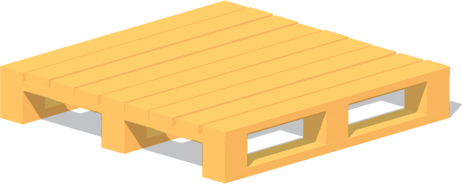
Skid
A crate, on the other hand, is a box that has four walls. It is used especially for holding supplies, products, or anything else that needs to be more extensively secured and protected. These crates hold a large volume and are very stable.
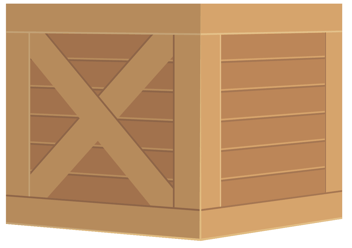 Crate
Crate
Materials you need
- One brand new pallet
- Shrink wrap
- Boxes large enough to hold your product
- Cardboard to put between boxes
- Nylon or metal straps (optional)
- Cardboard corners (optional)
Steps to palletize your shipment

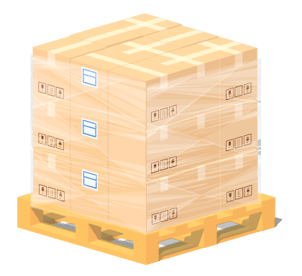 |
|
| PRO TIP: Strap the pallet with a nylon or metal strap for increased security. Use cardboard corner beads around the pallet to strengthen the whole pallet. |
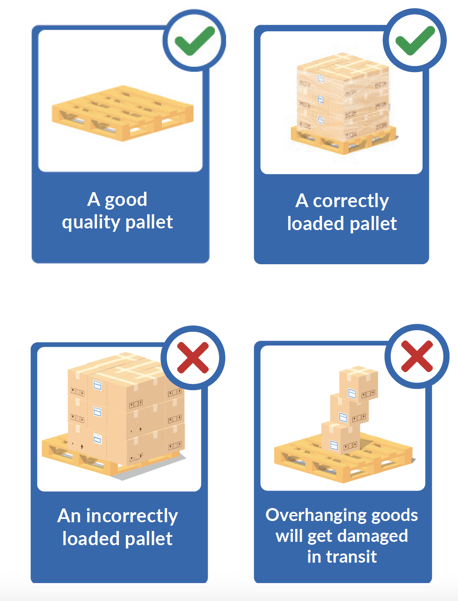 Correct Palletization Practices
Correct Palletization Practices
|
Did you learn plenty about pallet preparation today? There’s a lot more that goes into being an LTL shipper extraordinaire! Luckily, we’ve put it all together in one easy-to-read, engaging guide called The Definitive Less than Truckload (LTL) Shipping Guide: Graduating from eCommerce to LTL. Click here to download your copy! |
 |
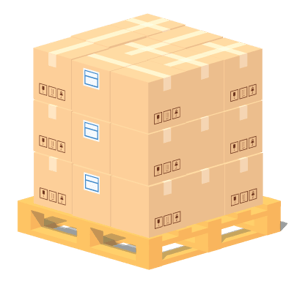

.png?width=250&height=58&name=MicrosoftTeams-image%20(28).png)